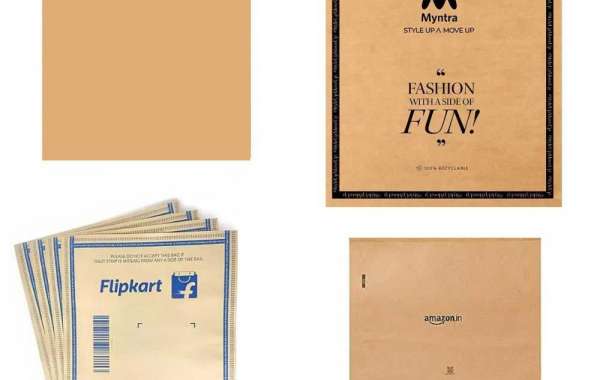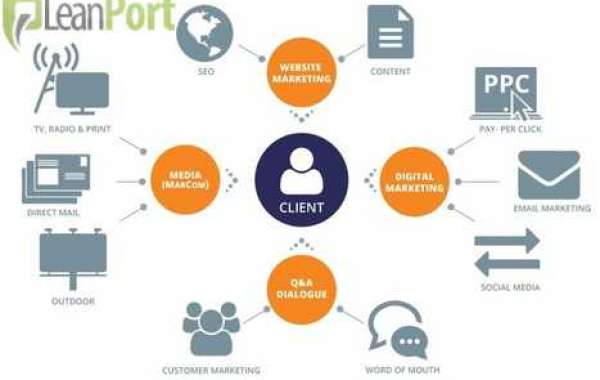Packaging has been an integral part of human civilization for centuries, evolving alongside our needs and advancements in technology. Among the various forms of packaging, paper courier bags hold a special place in history, reflecting the changing trends in transportation, commerce, and sustainability.
Early Beginnings
The use of paper as a packaging material dates back to ancient China, where it was employed for storing and transporting goods. However, the concept of courier bags, specifically designed for delivering parcels and documents, took shape much later.
19th Century Innovations
The Industrial Revolution brought about significant changes in packaging practices. With the rise of global trade and the need for efficient shipping solutions, paper courier bags emerged as a practical and cost-effective option. These bags were initially made from simple brown paper and were used primarily for mailing letters and small parcels.
20th Century Advancements
As transportation networks expanded and logistics became more sophisticated, the demand for sturdy and reliable packaging increased. In the early 20th century, advancements in paper manufacturing technology led to the production of stronger and more durable courier bags. These bags were reinforced with layers of kraft paper or other materials to withstand rough handling during transit.
The Rise of E-commerce
The advent of the internet and the subsequent boom in e-commerce revolutionized the way goods are bought and sold. With online shopping becoming increasingly popular, the need for secure and eco-friendly packaging solutions grew exponentially. Paper courier bags emerged as a sustainable alternative to traditional plastic packaging, offering biodegradability and recyclability.
Modern Trends and Innovations
In recent years, paper courier bags have undergone further innovations to meet the evolving needs of consumers and businesses. Manufacturers are experimenting with different types of paper, coatings, and closure mechanisms to enhance durability, water resistance, and tamper-evident features. Additionally, custom printing options allow companies to brand their courier bags with logos, slogans, and marketing messages, serving as a powerful tool for brand recognition and customer engagement.
Environmental Impact and Sustainability
One of the key drivers behind the popularity of paper courier bags is their positive environmental impact. Unlike plastic packaging, which poses significant hazards to the environment, paper bags are biodegradable and can be recycled multiple times without losing their integrity. By opting for paper courier bags, businesses can reduce their carbon footprint and contribute to a more sustainable future.
Conclusion
The evolution of packaging, particularly the history of courier paper bags, reflects the dynamic interplay between technological innovation, consumer preferences, and environmental consciousness. From humble beginnings as simple brown envelopes to sophisticated eco-friendly solutions for modern e-commerce, paper courier bags continue to play a vital role in shaping the way we package and deliver goods. As we look to the future, it is clear that the journey of packaging evolution is far from over, with continued emphasis on sustainability, efficiency, and innovation driving the industry forward.








